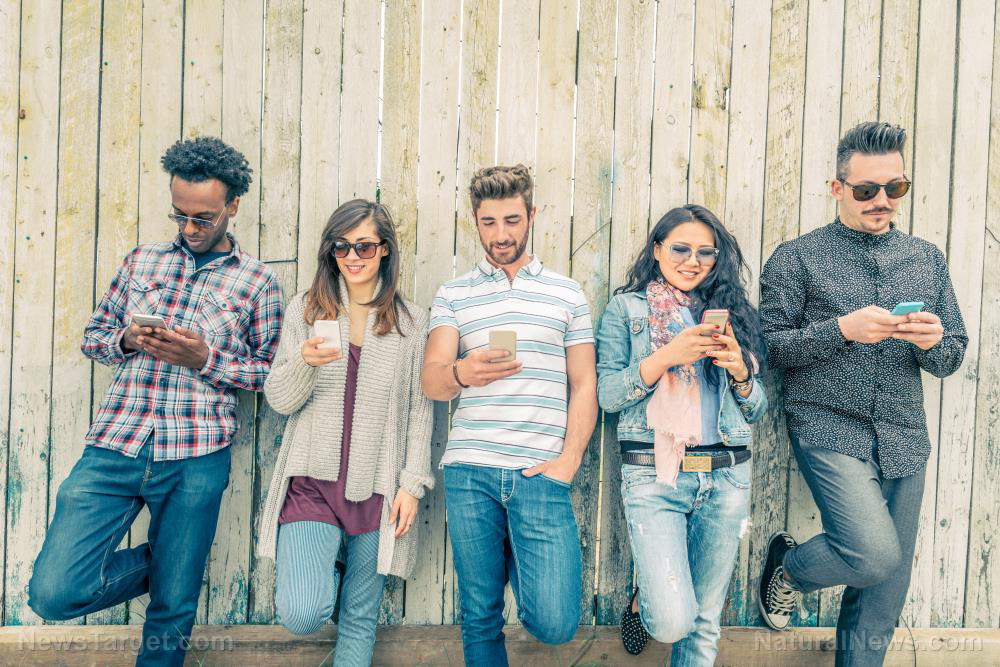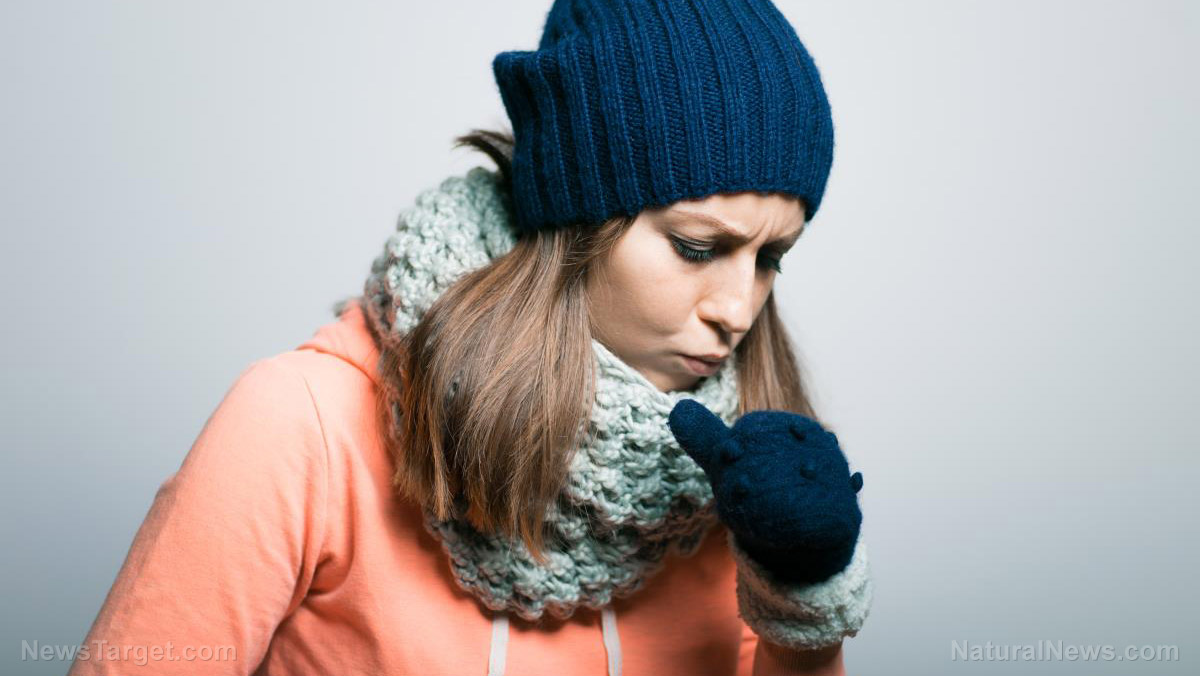© Brighteon.com All Rights Reserved. All content posted on this site is commentary or opinion and is protected under Free Speech. Brighteon is not responsible for comments and content uploaded by our users.
US Homelessness In 2021 In A Pandemic
25 followers
Follow
2
Download MP3
Share
Report
164 views • 02/03/2021
In 2018 to 2020 I produced videos on the homeless problem in America. This is a 2021 update on the homeless, factoring in also the effects of the coronavirus. The numbers haven't changed much over the last few years, approximately 400,000 to 500,000 homeless people have no permanent residence. In 2020 the vast majority of the homeless population lived in some form of shelter or transitional housing. About 32 percent lived in a place not meant for human habitation, like living on the streets and in abandoned buildings. Single individuals comprise 66.7 percent of people in homelessness, with the remaining being families, veterans, and unaccompanied children and young adults.
Since 2017 homelessness has increased nationally by 0.7 percent. The largest increases were among accompanied children and young adults at 14.3 percent, then those experiencing chronic and unsheltered homelessness with a 9.4 increase. The number of families living in homelessness has actually decreased since 2017 by some 5.2 percent. The reasons for homelessness haven't really changed over time, economic woes, lack of affordable housing, drug addiction, and mental illness still leading the way. The government and homeless advocacy organizations have thrown a lot of money and effort at the problem, but things really aren't getting any better.
Then the coronavirus arrived in early 2020, creating a "crisis within a crisis" for homeless people. Some cities tried to create safer zones by keeping homeless camps moved to the edges of their downtowns. They also have provided round-the-clock security, social distancing requirements, and access to water and toilets. But many residents say that hygiene supplies have become scarce, and measures meant to contain the spread of COVID-19 are not enforced. Don't forget about how restrictions have prevented many homeless people from accessing food, counseling, medical care, and any work/training opportunities.
Homeless people are one of the most vulnerable groups during the COVID-19 pandemic, yet they're largely invisible victims of the chaos. Because homeless people are usually in poorer health and can't self-isolate like in shelters, the federal government has often been criticized for not providing a coordinated response to the pandemic's effects on homeless people. There have been little resources targeted for testing and tracing.
Since 2017 homelessness has increased nationally by 0.7 percent. The largest increases were among accompanied children and young adults at 14.3 percent, then those experiencing chronic and unsheltered homelessness with a 9.4 increase. The number of families living in homelessness has actually decreased since 2017 by some 5.2 percent. The reasons for homelessness haven't really changed over time, economic woes, lack of affordable housing, drug addiction, and mental illness still leading the way. The government and homeless advocacy organizations have thrown a lot of money and effort at the problem, but things really aren't getting any better.
Then the coronavirus arrived in early 2020, creating a "crisis within a crisis" for homeless people. Some cities tried to create safer zones by keeping homeless camps moved to the edges of their downtowns. They also have provided round-the-clock security, social distancing requirements, and access to water and toilets. But many residents say that hygiene supplies have become scarce, and measures meant to contain the spread of COVID-19 are not enforced. Don't forget about how restrictions have prevented many homeless people from accessing food, counseling, medical care, and any work/training opportunities.
Homeless people are one of the most vulnerable groups during the COVID-19 pandemic, yet they're largely invisible victims of the chaos. Because homeless people are usually in poorer health and can't self-isolate like in shelters, the federal government has often been criticized for not providing a coordinated response to the pandemic's effects on homeless people. There have been little resources targeted for testing and tracing.
Keywords
FREE email alerts of the most important BANNED videos in the world
Get FREE email alerts of the most important BANNED videos in the world that are usually blacklisted by YouTube, Facebook, Google, Twitter and Vimeo. Watch documentaries the techno-fascists don't want you to know even exist. Join the free Brighteon email newsletter. Unsubscribe at any time. 100% privacy protected.
Your privacy is protected. Subscription confirmation required.





